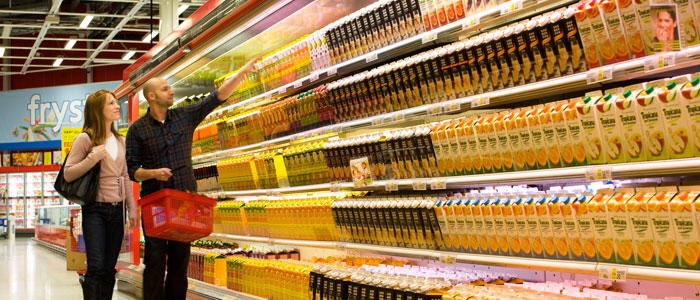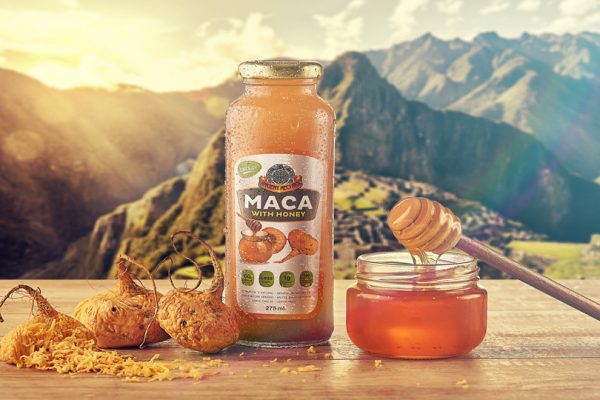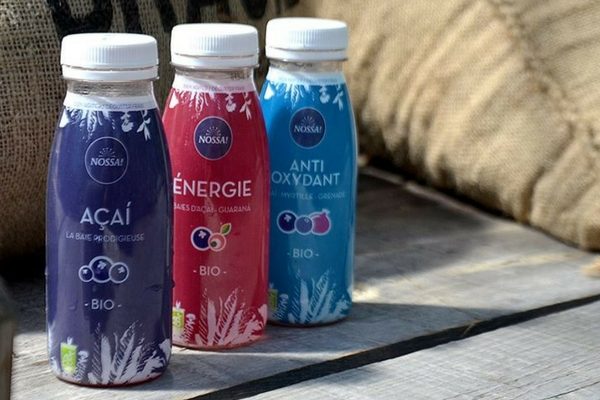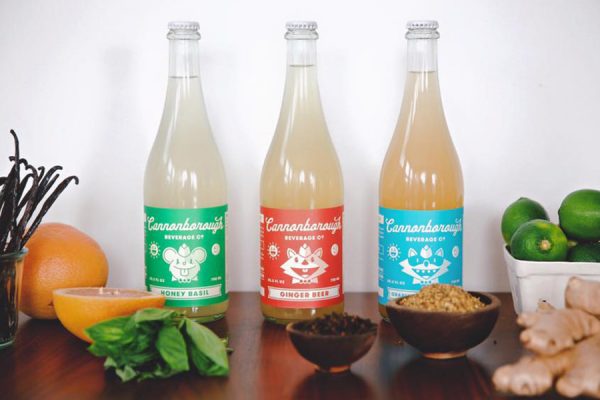Beverage News
Natural & Organic Retail Foods and Beverage Market Increases
 While traditional value drivers price, taste, and convenience continue to be the most important influencers of consumer shopping behavior, Americans also weigh “evolving drivers” health and wellness, safety, social impact, experience, and transparency in their food purchasing decisions.
While traditional value drivers price, taste, and convenience continue to be the most important influencers of consumer shopping behavior, Americans also weigh “evolving drivers” health and wellness, safety, social impact, experience, and transparency in their food purchasing decisions.
Perhaps nowhere are these evolving drivers more inherently perpetuated than in the thriving market for natural and organic foods and beverages, finds market research publisher Packaged Facts in the brand new report Natural and Organic Foods and Beverages in the U.S., 5th Edition.
“From freshness to health ingredients to transparency of sourcing, and eco-conscious business models, there’s no denying that today’s core consumer values increasingly center around what the natural and organic food and beverage market has been offering for years,” says David Sprinkle, Packaged Facts’ research director.
Packaged Facts estimates that total U.S. retail sales of natural and organic foods and beverages through all retail channels will reach $69 billion by the end of 2016 an 11.0% gain over 2015 sales of almost $63 billion and 32% higher than sales five years earlier. During the 2012-2016 period, sales rose by a compound annual growth rate (CAGR) of 7%. Growth of natural/organic products outpaced that of total food and beverage sales, which have been relatively flat throughout the period.
Looking ahead, Packaged Facts projects that the retail market for natural and organic foods and beverages will grow by almost 70% between 2016 and 2021.
It’s no wonder then that big brands are making the investment to overhaul products and portfolios in hopes of winning over natural-leaning consumers.
And make no mistake, successfully integrating natural and organic foods into established brands is more challenging than it might appear. It isn’t a matter of merely swapping traditional tomatoes for those that are naturally and sustainably grown.
Changes can often seem frustratingly slow due to the need to find clean ingredients that will work in iconic brands and products without negatively affecting their color, taste, texture, and shelf life.
Despite the challenges, an investment in natural and organic has clearly been worth it. Over the past 18 months alone the food industry has seen more than a half dozen popular brands make waves on the natural and organic front. Just to name a few examples.
- Campbell Soup announced plans to removed artificial colors and flavors from nearly all its North American products by the end of fiscal 2018.
- Mondelēz International made a commitment to remove artificial colors and flavors from many of its packaged food brands by 2020.
- ConAgra Foods introduced three new organic canned tomato products—diced tomatoes, tomato sauce, and tomato paste—under its Hunt’s brand.
- General Mills has already made five of its top-selling Cheerios flavors gluten-free and intends to transition two more Cheerios varieties to gluten-free in fiscal 2017.
- General Mills competitor Kellogg Co. is working to eliminate artificial colors and flavors from its Froot Loops, Apple Jacks, and other branded cereals by 2018.
- Kraft Heinz quietly removed artificial colors, flavors, and preservatives from its flagship macaroni & cheese and consumers—to the company’s credit—did not notice the difference.
- Meanwhile, The Hershey Co. introduced Simply 5 Syrup, a chocolaty syrup made from just five ingredients—cocoa, water, pure cane sugar, organic invert cane syrup, and natural vanilla.
- In a similar vein, WhiteWave Foods’ International Delight brand launched a new line of coffee creamers called Simply Pure, made with skim milk, cream, cane sugar, and natural three flavors (vanilla, caramel, or hazelnut).
- And not to be outdone, Mars Inc. pledged to remove artificial colors from all its human food products over the next five years, as part of its commitment to meet evolving consumer preferences.
For additional information about Natural and Organic Foods and Beverages in the U.S., 5th Edition, including purchase options, the abstract, table of contents, and related reports at Packaged Facts’ website: http://www.packagedfacts.com/Natural-Organic-Foods-10074923/.
Source: Packaged Facts









